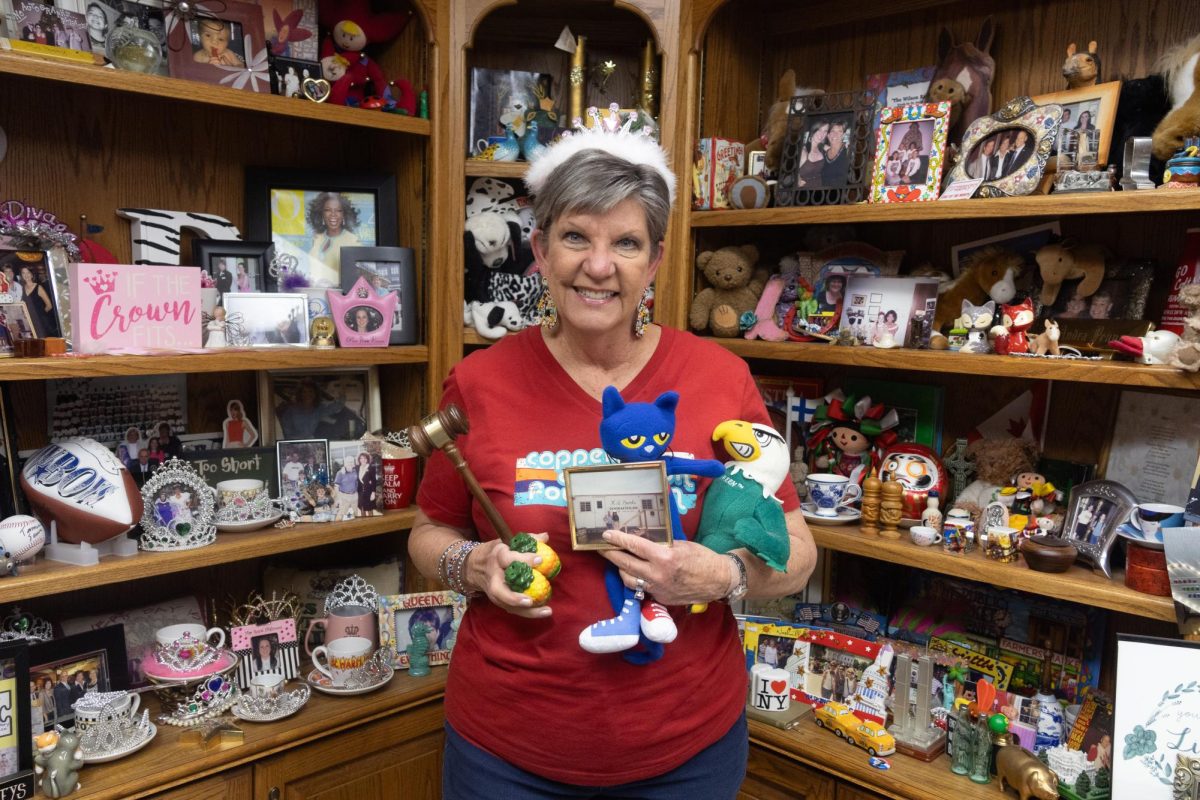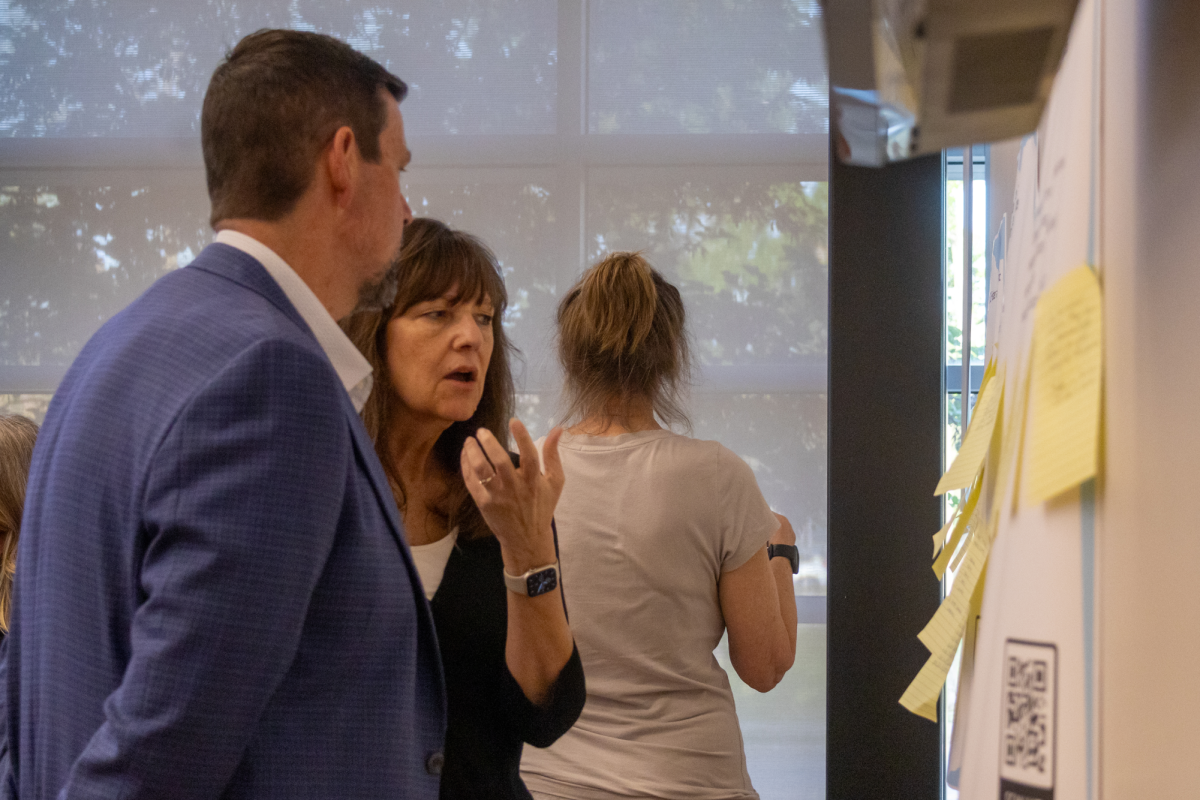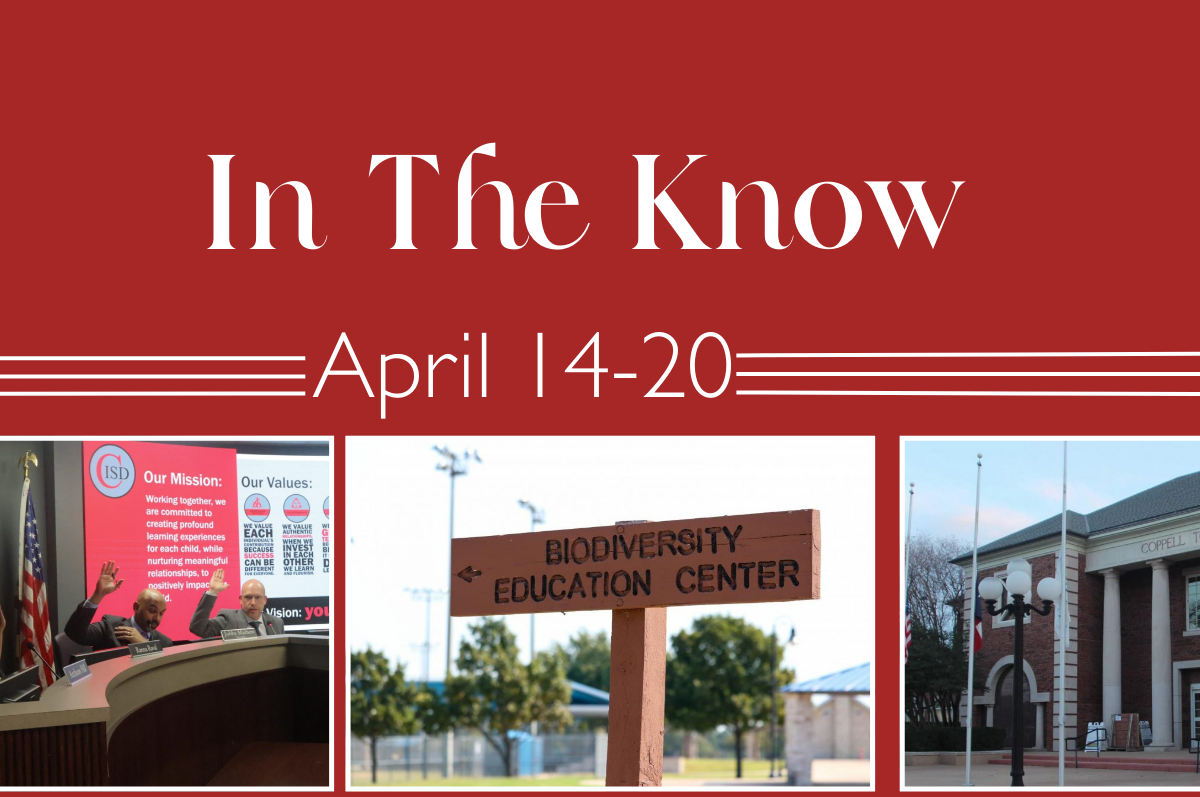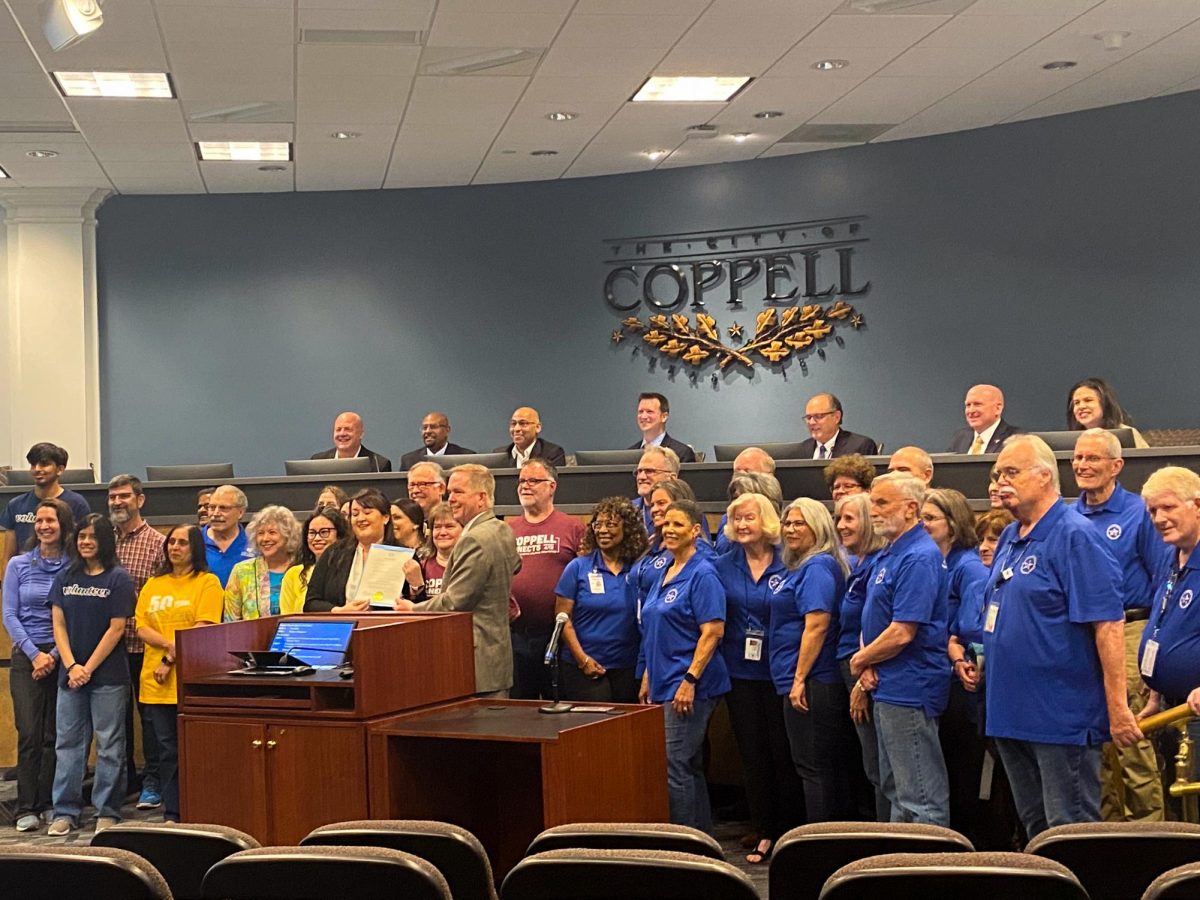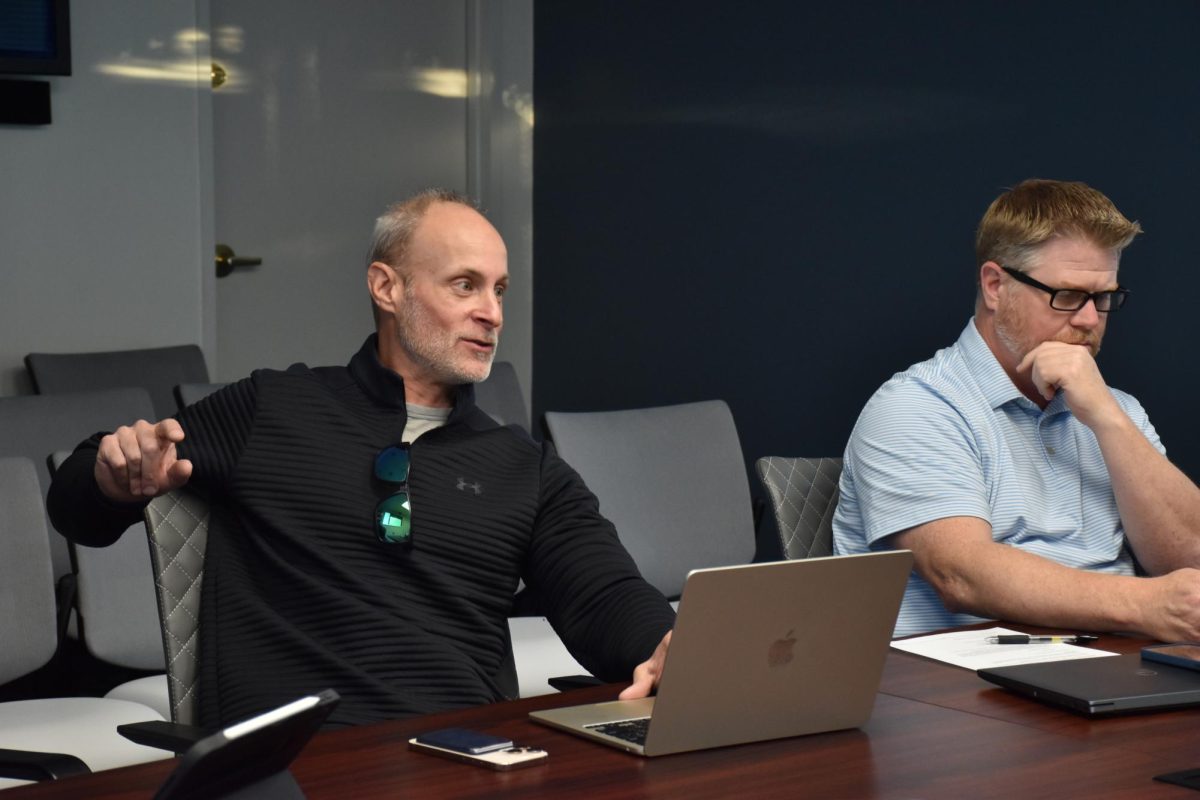By Summer Crawford
News Editor
@summercrawfordd
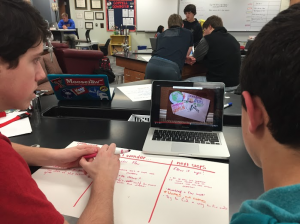
When taking a science course, it is an expectation to being learning about the nature of the world, its inhabitants and what constitutes those inhabitants. Coppell High School students taking Advanced Placement Environmental Science this year did something a little different from the ordinary textbook lessons.
These students got to choose a real-world environmental problem that was affecting the human population and create a 60 second video that captured the dilemma. A video contest was held by World of 7 Billion, educating people across the globe about the increasing human population. According to worldof7billion.org, the video had to include how population growth impacts the issue, why the issue is important and at least one idea for a sustainable solution. This is the second year that CHS has entered its videos.
“They had to connect population growth to one of three global issues,” AP and IB Environmental Science teacher Holly Anderson said. “The first one was education, the second was agriculture, that most of the arable land is being used already, so [basically] how we are going to feed the world with this growing population and the other one was loss of biodiversity and the fact that we are in the midst of a sixth mass extinction.”
Working either by themselves or with a partner, students began crafting their videos in the beginning of February and submitted them on Feb. 19. On April 2 it was announced that seniors Andrew Schwenn, Ammar Adenwalla, Julia Olson and Hailey Hess had their videos chosen as finalists in the education category. Olson and Hess used actual footage from when they went on mission trips to Ethiopia in their video. Two of the top 10 video finalists for this category are now from CHS students.
“Andrew’s voice and the way that he presented the information, it was just powerful, and then the visuals that [he and Ammar] used were really good. They showed how it was a circle, that overpopulation, poverty, education is a cycle and the way they showed it was cool,” Anderson said.
On May 7 the results of the top 10 finalists for each category will be announced. Depending on how they place, students will receive a variety of prizes. The top 10 finalists will now go to a panel of judges and awards will be given for first place, second place and two honorable mentions. First place wins $1,000, second place wins $500 and the honorable mentions will receive $250.
Anderson and the other AP Environmental Science teachers are proud of their students’ hard work and video submissions, because, although they did not have to submit the videos, a majority still did. Taking science beyond the classroom and lab tables, CHS students were able to examine a real life problem and propose a viable solution.



